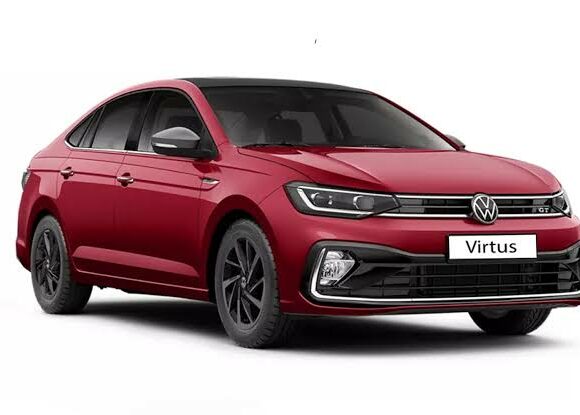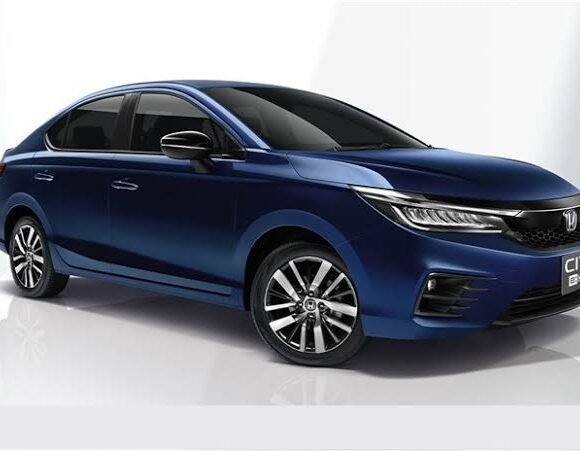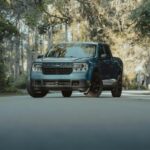Jeep Compass

Remember when the Renault Duster came, identified a gap in the market and offered something that no one thought of before. People bought them although they were an unknown quantity in terms of service quality or long term reliability. The Duster instantly became a hit and Renault became a household brand in the Indian market. Jeep’s strategy with the Compass is somewhat similar. They knew a gap existed between the Asia-specific Cretas and BRVs and the international spec Tuscons and CRVs and simply aimed for it.
The Jeep Compass is just as impressive as the 70 year history the brand has. To begin with, you are buying a brand that can rub shoulders with the prestigious Germans. It looks expensive from the outside, especially if you have the top end one with contrast roof and xenon projector headlamps. The model we used for the photoshoot is a Longitude variant, but we think these five spoke alloys look better and are more Cherokee-ish than the one in the top end Limited variant. The headlamps are well integrated with the iconic seven slot grille that, if you look closely, is purely cosmetic and doesn’t have any holes to let in air. The side profile is characterised by thick shoulder lines and squared wheel arches. One gripe with the engineering is, the rear wheel isn’t centrally located in its arch and that gives it the impression of an even narrower track when viewed from the front three quarters. There is a brushed aluminium trim that runs all the way from the base of the A pillar, along the roof and all the around the rear windscreen that lends it a nice look. The tail lamps are different for the two variants and look funky along with the near bootlid. The fit and finish are exemplary, the panel gaps are consistent and it is a marked improvement over any Fiat that rolled off the Ranjangaon plant.
Inside too, you get a well finished dashboard and exquisite looking light grey upholstery. The top part of the dashboard is made of soft touch materials and overall fit and finish is very good. The overall design of the dashboard is very similar to that of the Cherokee and you’d appreciate the solid build quality inside. The ergonomics are perfect and you’d feel a luxury car vibe in the cabin. There are brushed aluminium trims to lift the mood in the cabin and the spherical gear knob is one of the nicest we have seen in recent times. There are so many Easter eggs strategically placed throughout the cabin, waiting to be discovered, most bearing the iconic Jeep logo. The front seats are great for long drives, while the rear ones are supportive enough. Boost space is a rather good at 438 litres. You get dual zone climate control, reverse camera, Android Auto and Apple Car Play etc.
Of course, there are downsides too. One, with thick dashboard and doors, space isn’t that great. Rear passengers get only mediocre legroom and the front headrests are too big they obstruct forward view. Even the thick A pillars create a bling spot, impacting the visibility for the driver. The steering wheel which has controls for the audio on the back side, has so many ugly blank slots upfront where cruise control buttons should have been. The door bins are small you can’t place 1 litre bottles in them. There is no sunroof, no automatic dimming mirrors, no automatic headlamps or wipers. The 7 inch touchscreen isn’t the nicest around. And remember that almost-white upholstery that makes it feel so special? Good luck keeping that one clean.
We drove the 2.0 litre diesel manual, with 170bhp and 350Nm torque. It is the latest generation of the Multijet family of diesels and will later come with a 9 speed automatic, but for now, it is only offered with a 6 speed manual. There is a hint of turbo-lag, but the Compass has adequate power even when the turbo isn’t on boost; so it is good around town. The clutch is light and the manual gearbox shifts nicely and the ratios are well spaced out. It picks up speed and feels adequately fast. We managed a 0-100kmph of 10.8 seconds in the all wheel drive variant. If you don’t need the four wheel drive, get the two wheel drive variant which is about 100 kilos lighter. That reflects in the performance considering the Compass is a heavy car to begin with, weighing about 200kg more than the Creta.
The Jeep rides very well over broken roads or any terrain. It has McPherson at the front and multilink at the rear. The dampers are Koni FSDs which adapt to changing road conditions mechanically. So if the road is bumpy, it eases up and gives you a more comfortable ride and then when it gets back on smooth tarmac, it goes back to being stiff. It isn’t as quick to react to changing road surfaces as electronically operated adaptive dampers, but for its simplicity, it is good that the Compass offers these. The handling is great too with minimal body roll and good feedback from the steering wheel. You can throw it into corners without upsetting the composure too much. It has great straight line stability and braking is good too. This is also the first car to get Firestone tyres in India and we would love to see how they perform in the long term. The best part of the Jeep is how it feels rock solid no matter what terrain you subject it to.
No other car in the recent times, have garnered so much interest as the Compass, especially after the prices were announced. We had a huge number of people contacting us to know our opinion about it. After a big miss with the insanely overpriced Cherokee and Wrangler, FCA seems to have got it right with the Compass. It has everything the Indian customer wants and more at a price that everyone loves. It drives well, feels solid, has enough road presence and is hugely desirable. Hope the service quality and parts availability issues that plagued earlier Fiat products have been sorted and Mopar does a great job. We wish the American brand a huge welcome and a pleasant stay here, in India.
Vivek Venugopal










